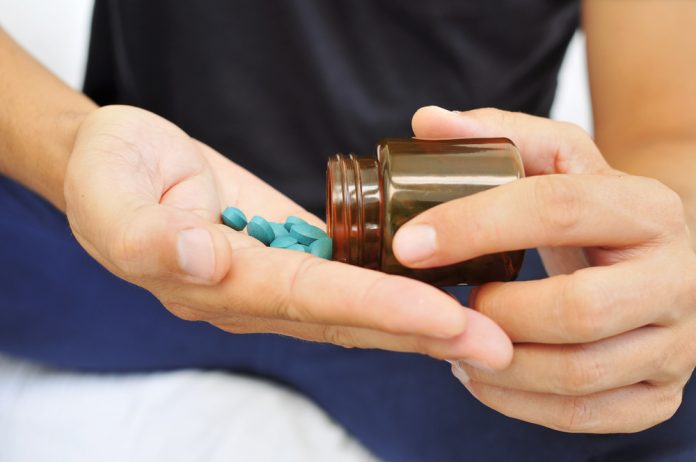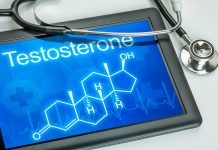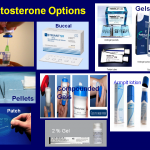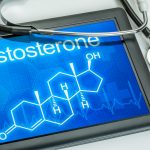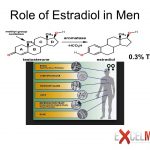A study attempted to look specifically at patient preference when trying to determine choice of PDE5I. This was a prospective, randomized, open-label, fixed-dose, preference study with cross-over design that attempted to compare efficacy and patient preference between sildenafil, vardenafil and tadalafil. Sildenafil 100 mg, vardenafil 20 mg, and tadalafil 20 mg were compared. Each drug was taken at least 6 times by each participant, at least 7 days of washout prior to switching medications. All three drugs showed significant improvement in erectile function as determined by their International Index of Erectile Function (IIEF) score. Tadalafil had statistically significant higher IIEF scores when compared to both sildenafil and vardenafil. Patient responses to direct questioning of preference mirrored these results (tadalafil had the highest preference rates at 52.2%). Rates for sildenafil and vardenafil were 27.7% and 20%, respectively. For those who preferred tadalafil, subjectively better erections and the possibility of intercourse the following day were the deciding factors (36). In an age where patient preference is a key component of care, these findings may prove key when recommending a PDE5I to your patient.
In an attempt to synthesize the large volume of data on PDE5Is, their efficacy and side effects, Chen et al. attempted to use a trade-off, network meta-analysis to better direct PDE5I use. This particular study compiled 82 trials with a total of 47,626 patients for efficacy analysis. Seventy-two trials and 20,325 were included for analysis of adverse events. Importantly, this analysis included PDE5Is that have yet to be approved by the FDA, namely udenafil and mirodenafil. In terms of efficacy, all drugs in this class were found to be efficacious when compared to placebo. Sildenafil 50mg was found to be the most effective, but also had the highest rates of adverse events. Vardenafil 10 mg (0.35 CI, 0.32–0.38) and avanafil 100 mg (0.29 CI, 0.15–0.44) had similar adverse event rates when compared to sildenafil 50 mg (0.47 CI, 0.34–0.59), but unfortunately their rates of efficacy were substantially lower (37). Overall, the authors suggested that for high efficacy, on-demand sildenafil 50 mg is the treatment of choice. For those patients where side effects are of strong concern, tadalafil 10 mg would be a reasonable choice while still maintaining efficacy.
Full paper source: https://www.ncbi.nlm.nih.gov/pmc/articles/PMC4837309/


